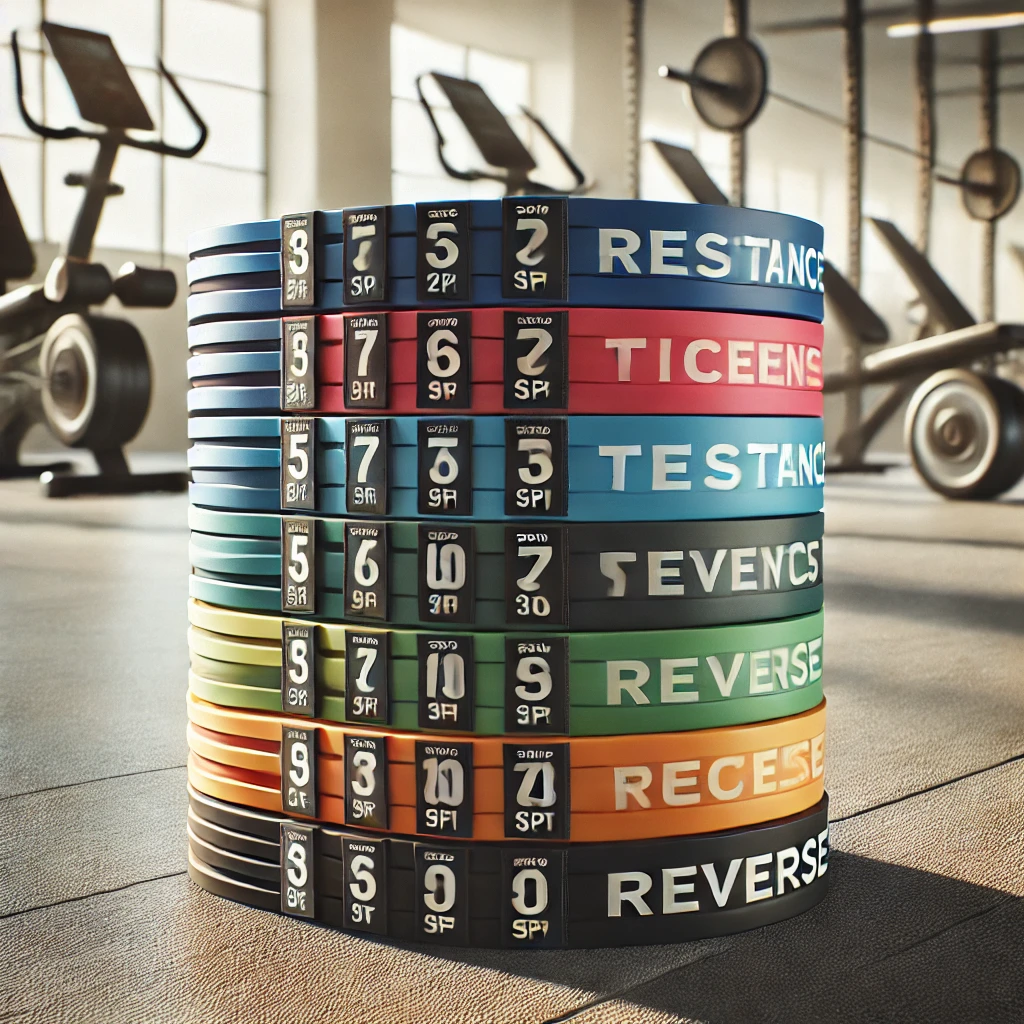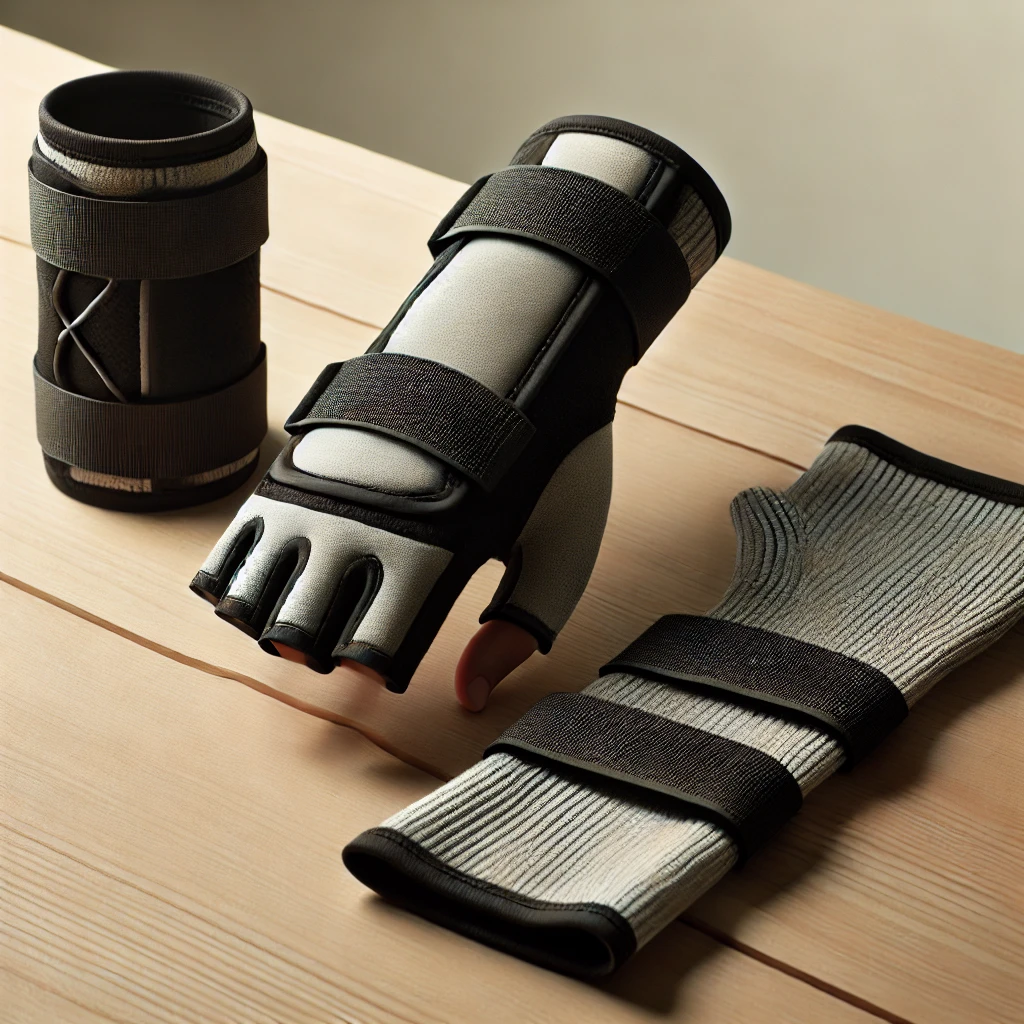‘Unlock Bigger Biceps With Reverse Curls’ is a comprehensive article that provides valuable insights into the benefits and techniques of performing reverse curls.
This exercise, involving the lifting of dumbbells with palms facing down towards the shoulders, primarily targets the biceps brachii and brachialis muscles.
By incorporating reverse curls into your workout routine, you can enhance your ability to lift heavier weights during standard biceps curls, rectify muscle imbalances, and promote increased muscle activation.
The article also explores various variations of reverse curls, such as the wall-assisted reverse curl and the cable reverse biceps curl, to cater to individual preferences and fitness goals.
Emphasizing the significance of maintaining correct form, avoiding excessive weights, and seeking guidance from qualified professionals, especially for those with pre-existing injuries or conditions, this article serves as a reliable resource for individuals seeking to maximize their biceps training.

How to Perform Reverse Curls Correctly
To perform reverse curls correctly, use a proper grip and maintain proper form throughout the exercise. Begin by standing up with your back straight, shoulders back, and chest lifted. Grip the dumbbells with your palms facing down and rest the weights on the front of your thighs.
Bend your elbows to lift the weights toward your shoulders, ensuring a complete biceps contraction. Slowly lower the dumbbells with control, inhaling as you go.
Reverse curls primarily target the biceps brachii and brachialis muscles. Adding this exercise to your routine can increase your ability to lift heavier weights during standard biceps curls. It also helps correct muscle imbalances between flexor and extensor muscles.
The pronated grip used in reverse curls promotes greater muscle activation. This exercise is also beneficial for biceps injury rehabilitation and can improve everyday activities.

Benefits of Incorporating Reverse Curls Into Your Biceps Workout
Incorporating reverse curls into your biceps workout can yield significant benefits for muscle development and strength gains. Here are four reasons why you should consider adding reverse curls to your routine:
Targeted Muscle Engagement: Reverse curls primarily target the biceps brachii and brachialis muscles, helping to develop and strengthen these key muscle groups.
Enhanced Strength in Standard Biceps Curls: By incorporating reverse curls, you can improve your ability to lift heavier weights during standard biceps curls, leading to greater overall strength gains.
Muscle Imbalance Correction: Reverse curls help to correct muscle imbalances between the flexor and extensor muscles, promoting more balanced and functional muscle development.
Increased Muscle Activation: The pronated grip used in reverse curls promotes greater muscle activation in the biceps, allowing for more effective muscle growth and development.
In summary, incorporating reverse curls into your biceps workout can provide a range of benefits, including:
- Targeted muscle engagement
- Enhanced strength in standard biceps curls
- Muscle imbalance correction
- Increased muscle activation

Variations of Reverse Curls to Target Your Biceps From Different Angles
When exploring ways to target your biceps from different angles, it is important to consider various variations of reverse curls. These variations can help to engage different muscles in your biceps and provide a well-rounded workout. Here are four variations of reverse curls that you can incorporate into your routine:
| Variation | How to Perform |
|---|---|
| Hammer Grip Reverse | Hold dumbbells with a neutral grip (palms facing each other) |
| Curl | Bend your elbows and lift the weights towards your shoulders |
| Incline Bench Reverse | Lie face up on an incline bench and perform reverse curls with dumbbells |
| Curl | The incline angle targets the biceps from a different angle of contraction |
| Seated Reverse Curl | Sit on a bench with back support and perform reverse curls with dumbbells |
| This variation isolates the biceps and minimizes involvement of other muscles | |
| Standing Reverse Curl | Perform reverse curls while standing, using a barbell or dumbbells |
| This variation engages the stabilizer muscles in your core and lower body |

Common Mistakes to Avoid When Doing Reverse Curls
One common mistake to avoid when performing reverse curls is using excessive weight, as it compromises the quality of the contraction. To ensure you get the most out of your reverse curl workout, here are four common mistakes to avoid:
Using momentum:
It’s important to keep your upper arms and hips stable throughout the exercise. Avoid swinging the weights or using momentum to lift them.Extending wrists:
Maintain straight wrists throughout the movement. Avoid bending or extending your wrists, as this can put unnecessary strain on your joints.Poor form:
Proper weight resistance and body mechanics are crucial for effective reverse curls. Make sure you’re using the appropriate weight and maintaining correct form throughout the exercise.Neglecting hidden muscle:
The goal of reverse curls is to develop the hidden muscle under the biceps. Ensure you’re targeting this muscle by focusing on the contraction and extension of the forearm.

Safety Tips and Precautions for Performing Reverse Curls
To ensure a safe and effective workout, it is important to follow proper safety tips and precautions when performing reverse curls.
Firstly, it is advised to avoid performing this exercise if you have biceps, elbow, or wrist injuries. Consult with a doctor or physical therapist before attempting reverse curls, especially if you have any underlying conditions.
If you experience any pain or discomfort during the exercise, it is recommended to discontinue it immediately.
Additionally, starting with a weight that can be lifted 8 to 12 times with proper form is crucial. Proper form is essential to avoid injury, so consider enlisting the guidance of a qualified personal trainer who can provide instructions on proper form, as well as recommend the appropriate sets and reps for your fitness level.
Frequently Asked Questions
Can Reverse Curls Help With Improving Grip Strength?
Reverse curls can indeed help improve grip strength. By holding the dumbbells or barbell with a pronated grip (palms facing down), the forearm muscles and grip are engaged throughout the exercise. This constant activation of the muscles involved in gripping can lead to increased strength and endurance over time.
Incorporating reverse curls into a comprehensive strength training routine can be beneficial for individuals aiming to enhance their grip strength for activities such as lifting heavier weights or improving performance in sports that require a strong grip.
Are Reverse Curls Suitable for Beginners?
Reverse curls can be suitable for beginners as long as they start with a weight that can be lifted 8 to 12 times with proper form. It is important for beginners to focus on quality of contraction rather than using heavy weights. Beginners should also ensure they maintain proper form, avoid using momentum, and keep their wrists straight throughout the exercise.
Consulting with a doctor or physical therapist and enlisting the guidance of a qualified personal trainer can help beginners perform reverse curls safely and effectively.
Can Reverse Curls Help in Preventing Biceps Injuries?
Reverse curls can be beneficial in preventing biceps injuries. By targeting the biceps brachii and brachialis muscles, reverse curls help to correct muscle imbalances between flexor and extensor muscles.
Additionally, the pronated grip used in reverse curls promotes greater muscle activation. However, it is important to exercise caution and consult with a doctor or physical therapist, especially if there are existing biceps, elbow, or wrist injuries.
Starting with a manageable weight and maintaining proper form can help reduce the risk of injury.
How Often Should Reverse Curls Be Performed for Optimal Results?
Reverse curls can be performed 2-3 times per week for optimal results. However, it is important to listen to your body and allow for proper rest and recovery between sessions.
The frequency of reverse curls should be tailored to individual goals and fitness level. It is recommended to start with lighter weights and gradually increase intensity as strength improves.
Consulting with a qualified personal trainer can provide guidance on the appropriate frequency and volume of reverse curls to achieve desired biceps development.
Can Reverse Curls Target Other Muscles Besides the Biceps?
Reverse curls primarily target the biceps brachii and brachialis muscles. However, they also engage other muscles in the forearm and upper arm, such as the brachioradialis and pronator teres.
These muscles act as synergists, assisting in the movement and stabilization of the wrists and elbows during the exercise.
While the main focus of reverse curls is on the biceps, the involvement of these additional muscles can contribute to overall upper arm and forearm strength and development.
Unlock Your Fitness Potential Today!
Discover the latest in health and wellness with Healthy Trends Worldwide LLC. From expert tips on building bigger biceps with reverse curls to comprehensive guides on nutrition and fitness, our resources are designed to help you achieve your goals. Don’t miss out on the opportunity to transform your health and well-being.
Visit Healthy Trends Worldwide LLC and start your journey to a healthier, stronger you!

